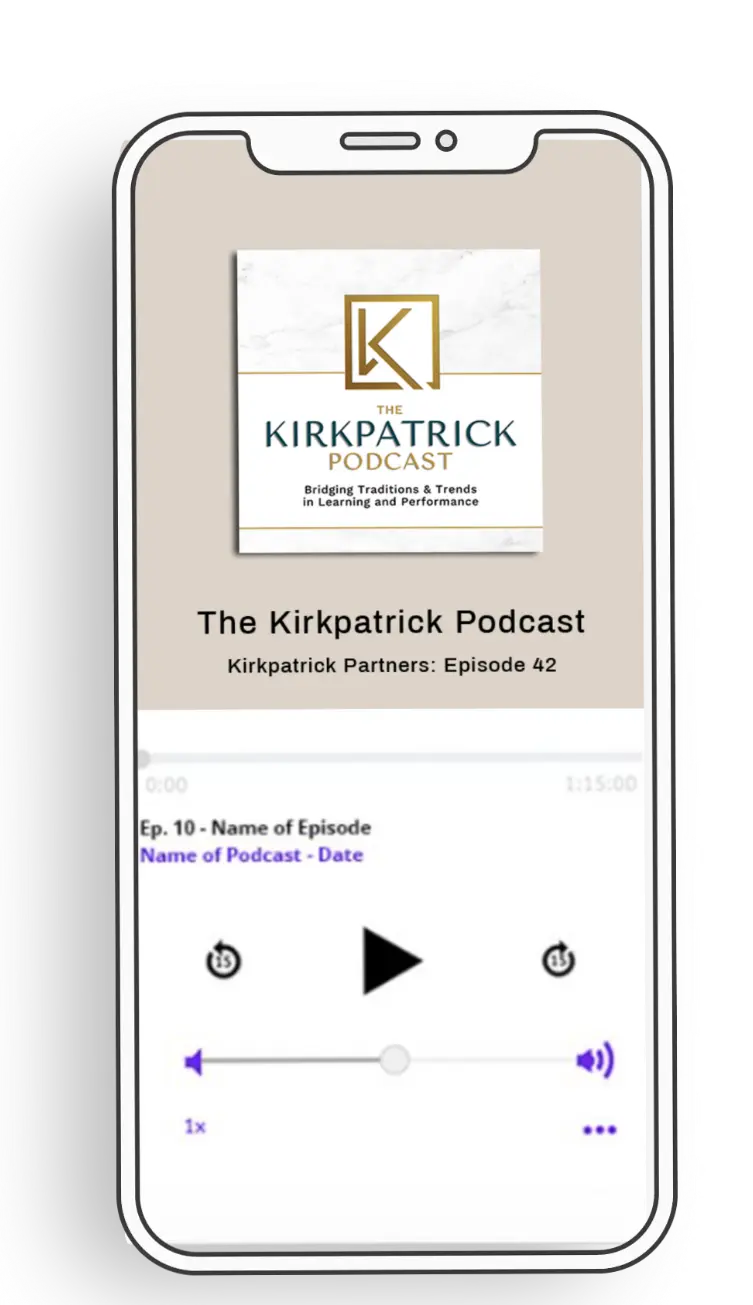Unhinged Thoughts on Learning and Evaluation

Are you tired of hearing that another L&D colleague lost their job due to budget cuts, or worried about your own job being on the chopping block, or frustrated with trying to figure out how to implement a strategy with limited resources? It’s time to ditch the first-to-go reputation of L&D and start making a case for how valuable it can be for an organization’s employees, stakeholders, and the overall business outcomes.
The Need for Evaluation in Value Creation
Too often, L&D professionals are overlooking a critical step in proving their value: evaluation. This is where you reflect on your goals, tweak your strategy, measure your outcomes, and actually define the value that you’re bringing to the organization. If you want to save your department from biased scrutiny or unfair cuts, beat the decision-makers to the punch by highlighting the indisputable results that your training programs have produced.
The greatest obstacles to evaluation are typically:
- No one takes ownership of spearheading this task.
- Inadequate support from senior management.
- Lack of clarity on where to begin.
And here’s why those shouldn’t be obstacles anymore:
- If you’re thinking about it, you’re the person for the job.
- You don’t need senior management to light the match.
- Begin with what you can get your hands on.
Industry-wide change starts with you, and you only need a small change to showcase big impact. Take ownership of this pain point and make a commitment that you won’t be stuck in the same rut five years from now. Start by asking, what can I do to evaluate my immediate circle of influence? Perhaps you don’t have the green light to measure all levels or provide a performance package across the entire department, but that doesn’t mean you can’t start with your team and demonstrate what’s possible on a small scale. Be change makers, not victims of circumstance!
A Spoonful of Sugar
You were hired to know how your learner’s brain works, not to explain it to your CEO. The word learning has become like a medicine in today’s vernacular. People cringe when they hear it, or you can immediately see their eyes gloss over. It’s been blacklisted as a “medicine” that leaders don’t want to be bothered to take, and therefore can’t recognize the importance of for the health of their company.
We all know that a spoonful of sugar helps the medicine go down, and that’s the approach L&D professionals need to adopt. L&D lingo is meant for L&D professionals, not the learners, leaders, or stakeholders that you’re trying to connect with. To industry outsiders, our rhetoric can comes across as too academic, focusing excessively on theoretical concepts. If you’re trying to convey the strategic and financial value of L&D, borrow a page from the language of business. Essentially, you have to become bilingual! Talk in terms that they want to hear, and you’re much more likely to have an audience that listens. Then you can convey the results of your evaluation and get your stakeholders to lock in on a discussion about important ROI indicators like revenue and retention.
A System Designed to Fail
L&D professionals are increasingly finding themselves stuck on the treadmill of learning. You’re going through all the motions, but you’re not actually getting anywhere in terms of establishing your role as one of value in the organization. This is because you’re working within the constraints of a system designed to fail. If you’re consistently being pigeon-holed to stay in your lane as though L&D does not affect the company as a whole, leaders will begin to view your department as an a’la carte menu instead of a full package. In order to save L&D from an untimely demise, it requires courage to go beyond tradition into the unmarked territory known as work performance. When you can effectively tie value to performance, success will breed success.
Signs of Progress
The Kirkpatrick Community was created to answer the simplest, yet most challenging questions L&D professionals face: Who do I ask? Where do I go for help? How do I find an example to follow? It’s up to the L&D industry to shine a spotlight on the successes of early adopters making real progress on performance. That social proof can motivate others while securing support from business leaders seeing tangible returns.
Let’s amplify the voices of those who have learned to successfully prove value to give the L&D industry a fighting chance to showcase what it can really do for organizations who trust their input and direction.
Check out the full podcast episode here.





